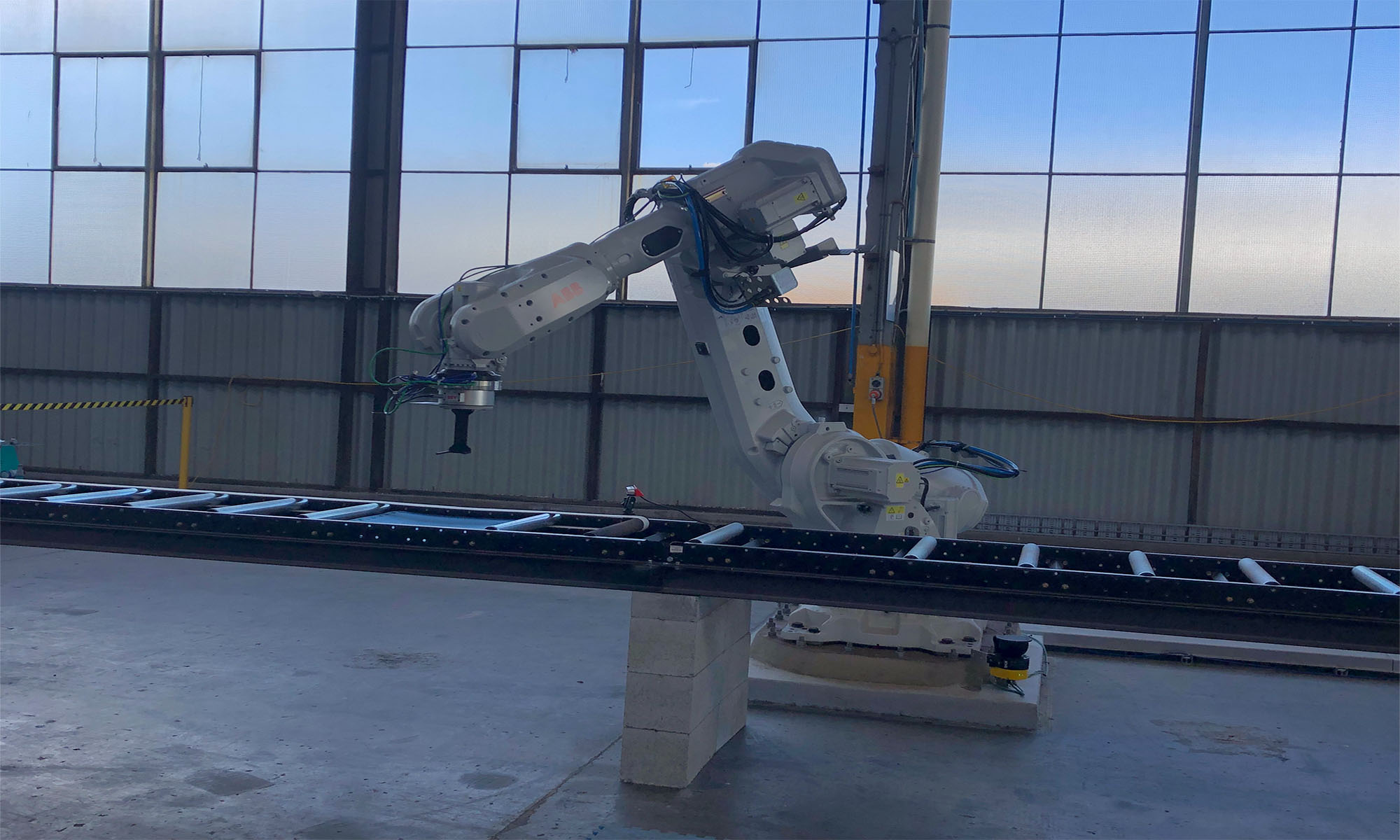Below are some examples of what is possible with highly trained bodies.
A next step for me is thinking through how to make appropriate embodied movement tasks to train humans working with Cobots or industrial robots to enhance kinaesthetic awareness and empathy (for human and non-human collaborators). The goal being to assist humans to perceive the movement of their robot collaborator and potentially move to towards more improvisational work that does not require programmed/repeatable movement. Can we create approaches that might lead to greater flexibility for work and working across different tasks more efficiently?
A caveat of the videos below is that these are choreographed movements that have been thoroughly rehearsed. However, how expert performers are trained and how they practice does offer a way to consider the types of embodied methods that could be enlisted to calibrate any human for their work.
